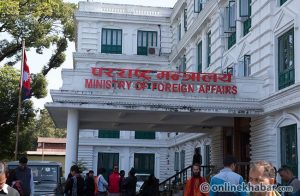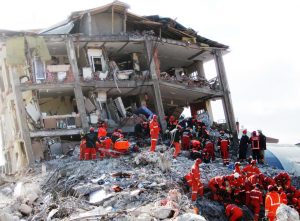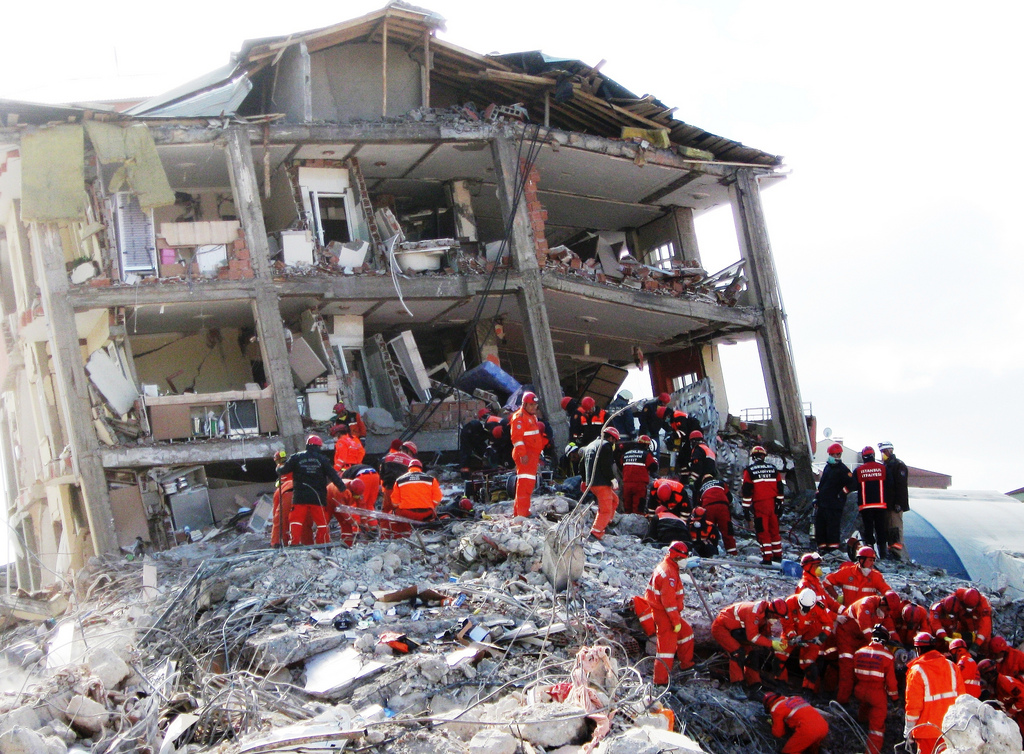
Earthquakes leave you with more than just topics to talk about. People who have lost people or properties in earthquakes remember the natural disaster differently. Nepal has still not recovered from the 2015 earthquake. The recent Turkey-Syria earthquake refreshed the trauma and memories of a lot of people here in Nepal.
Along with that, the 7.8 magnitude Turkey-Syria earthquake and its aftermath is a good reminder for Nepal in terms of what to do and what not to do. Here are a few things Nepal, which is also prone to earthquakes, should keep a close eye on:
1. Building codes and their enforcement

Building codes and their enforcement are crucial for ensuring that buildings and structures can withstand earthquakes. The importance of building codes was highlighted in the Turkey-Syria earthquake that killed over 50,000 people, super higher than expected.
According to reports, many of the buildings that collapsed or suffered severe damage were old and did not comply with the building code 1999 or used much steel in their structures. Similar was reportedly seen in the 2015 earthquake here too.
To improve earthquake resistance, countries should have up-to-date building codes that incorporate seismic design and construction practices, assess the seismic vulnerability of existing buildings and structures, and develop retrofitting plans. It can also include providing adequate resources, training, and inspections, as well as establishing penalties for non-compliance.
Building codes should also consider local seismic hazards and soil conditions, and countries should encourage innovation in earthquake-resistant building design and construction techniques. By implementing these measures, countries can improve the safety of buildings and reduce the impact. This is particularly important in the rapidly growing urban cities of Nepal.
2. Risk assessment

To manage the risk of earthquakes, countries can conduct risk assessments to identify high-risk areas and take appropriate measures to mitigate the risks. It is one of the biggest lessons from the Turkey-Syria earthquake as it failed to assess the magnitude of the devastation.
Turkey, with a history of seismic activity, has a dedicated disaster management authority called AFAD that conducted a drill in preparation for a 7.5 magnitude earthquake in Pazarcik but did not anticipate the impact of the recent impact.
This can include using seismic hazard maps to identify vulnerable areas, enforcing building codes to ensure that buildings can withstand seismic activity, retrofitting old buildings, using land use planning to manage high-risk areas, and developing emergency response plans. By taking these steps, countries can reduce the risk of damage and loss of life during an earthquake.
3. Preparedness
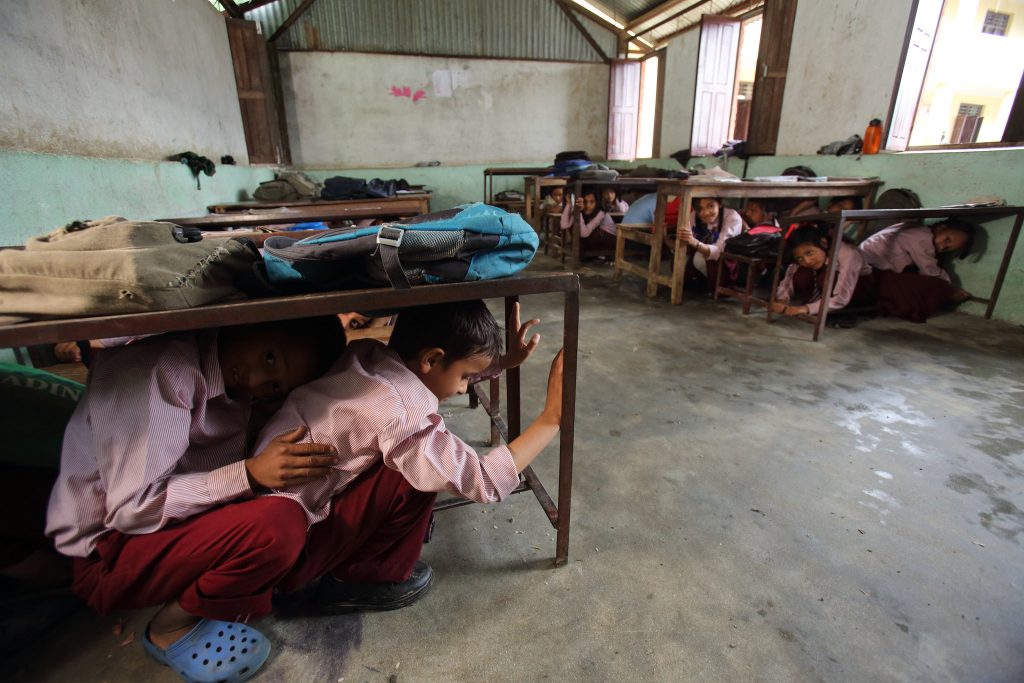
The Turkey-Syria earthquake also highlighted the importance of preparedness. The recent earthquake exposed the disaster management authority’s lack of contingency plans, including insufficient military involvement and civil society participation, which could have helped to mitigate the damage. Yet, Turkey does have some courses and initiatives for disaster preparedness.
Other countries can learn from this and invest in disaster preparedness measures, including education and awareness campaigns to ensure that their citizens are ready for the next disaster. Learning from Turkey’s mistakes, other countries like Nepal can learn to implement its learnings. Also, use the recent earthquake as a learning for future disasters.
Countries that have experienced earthquakes in the past have learned the importance of preparedness and developed strategies to mitigate the impact of earthquakes and minimise loss of life and property damage. It is high time Nepal also has a better plan in place.
4. Early warning system

One of the ways to be prepared is to set up early warning systems. The importance of early warning systems was highlighted during the Turkey-Syria earthquake. Turkey lies in a very earthquake-prone zone or active fault yet it is yet to set up early warning systems like in Japan or California, USA.
Investing in early warning systems can save lives and reduce damage caused by earthquakes. Countries can invest in seismic monitoring networks to detect earthquakes and provide timely warnings and invest in education and training programmes to ensure that people know how to respond to warnings and protect themselves during an earthquake.
Effective communication infrastructure is also important to transmit warnings to people in affected areas. International cooperation is important to improve earthquake preparedness, including developing regional early warning systems and sharing data and expertise.
5. Public awareness and education
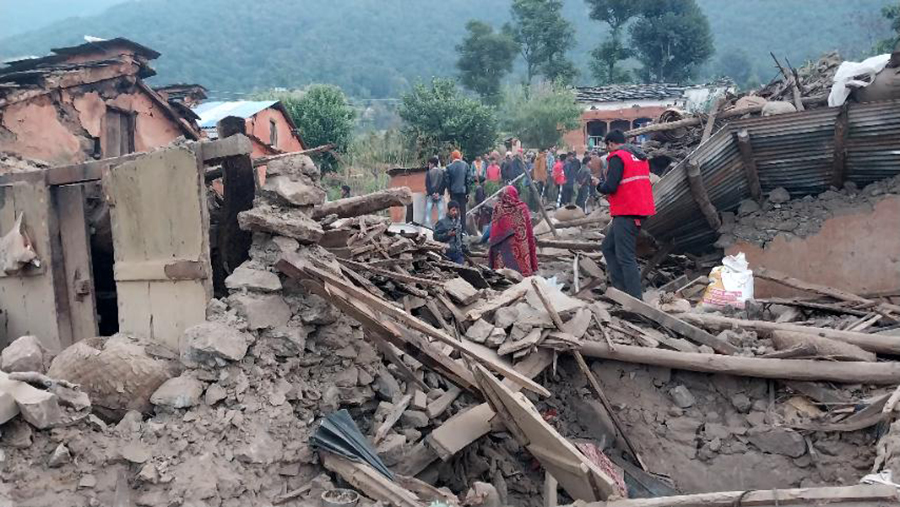
To reduce the risks of earthquakes, together with technical expertise countries can invest in public education programmes that promote earthquake preparedness including public presentations, workshops, and community events that use various communication channels to disseminate information.
Countries can also engage with communities and conduct regular earthquake drills to help people practise what to do in the event of an earthquake. But reports suggested Turkey had a gap in preparedness, despite the high risk, which resulted in such high casualties. And whatever knowledge they had was not implemented.
Other countries can seek public-private partnerships and collaborations with non-governmental organisations (NGOs) to promote earthquake preparedness and provide resources and expertise to support preparedness efforts. Countries should also raise public awareness about the importance of earthquake-resistant building design and construction and provide information about building codes, retrofitting, and other measures to improve building safety.
6. Emergency response mechanisms
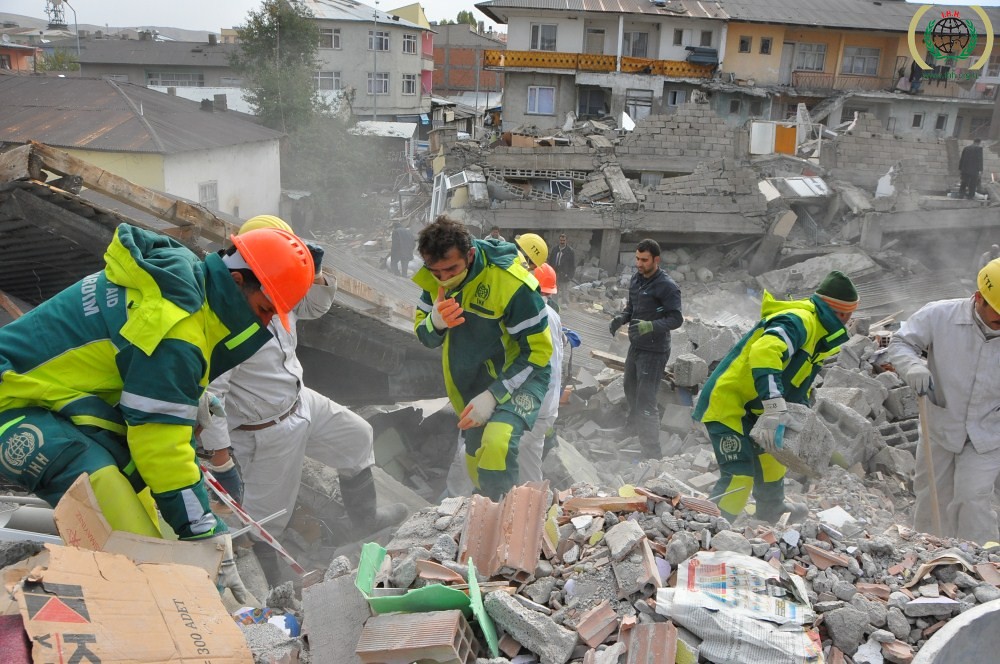
The importance of effective emergency response mechanisms was highlighted by the Turkey-Syria earthquake. In Turkey, only the military has the capability to respond effectively to massive disasters, and their absence during the crucial early hours and days of the recent earthquake response revealed a failure to allocate them a significant role, despite their vital transportation and communication capabilities and NATO-trained discipline.
This highlights that effective emergency response requires coordination among various agencies, and regular training and drills can help to ensure that responders are prepared to handle earthquake emergencies. This includes developing effective communication systems, mobilising rescue teams, and providing medical assistance and supplies. Countries can also invest in rapid response capabilities to ensure that assistance is provided quickly to people in affected areas. Nepal with its limited resources, need to have a more concrete rapid response plan in place.
7. International cooperation

What the Turkey-Syria earthquake also highlighted was the importance of international cooperation and solidarity during times of crisis. Despite the initial suppression of information, countries provided assistance and support to Turkey and Syria, demonstrating the value of international cooperation in disaster relief efforts.
Beyond providing direct assistance, international cooperation can also help to raise awareness of the disaster and encourage others to contribute to the relief efforts. News coverage of the Turkey-Syria earthquake, for example, helped to highlight the scale of the disaster and raise public awareness of the need for support.
And this kind of international cooperation can be critical in providing the resources and expertise needed to respond to a disaster of this magnitude, to ensure that relief efforts are efficient and well-coordinated, minimising the risk of duplication or waste. A good example is how Nepal also supported Turkey this time.




